Live Zooplankton
Price range: 4,10€ through 6,49€ IVA INCLUIDO
Live Artemia nauplii (brine shrimp) – ideal for feeding jellyfish and keeping them healthy. Keeps the aquarium clean.
Description
This product is live zooplankton used for feeding jellyfish.
Kingdom: Animalia
Phylum: Arthropoda
Subphylum: Crustacea
Class: Branchiopoda
Order: Anostraca
Family: Artemiidae
Genus: Artemia
Species: Artemia salina (Linnaeus, 1758)
General Characteristics
Artemia is a small branchiopod crustacean
Since the 1930s, its use in aquaculture has increased significantly, currently being the best—sometimes the only—live food for early larval stages of many fish and crustacean species.
Its distribution spans all continents except Antarctica. It inhabits high-salinity lakes (up to 300g/L of salt), where predators can’t survive. Its strong adaptability even allows it to survive in freshwater environments.
It can live in water with very low oxygen levels (down to 0.5mg of oxygen per liter in adulthood).
Artemia is used in breeding fish and crustaceans, both for human consumption and aquarium purposes. Betta breeders often use it.
Stage I nauplii have the highest nutritional value. As they grow (Stages II and III), dry weight and caloric content drop if not fed, and their larger size may make them unsuitable for predators with limited swimming ability. Their bright orange color when freshly hatched makes them more visible to predators. As they grow and starve, they become paler and more transparent.
They are highly digestible and meet the macro- and micronutrient needs of marine and freshwater fish larvae, as well as crustaceans.
Freshly hatched nauplii are rich in fatty acids.
Through bioencapsulation techniques, we can introduce components such as vitamins, pigments, or amino acids into freshly hatched artemia for targeted predator enrichment.
Nutritional Value
High in vitamins and proteins
Polyunsaturated fatty acids and high levels of interferons (glycoproteins synthesized by virus-infected cells that inhibit viral replication)
Considerable levels of beta carotene, which enhances and intensifies the coloration of animals that feed on it (e.g., flamingos turn pink from eating artemia)
Approximate composition of Artemia salina:
Protein: 52–74%
Carbohydrates: 7–17%
Lipids: 8–16%
Sugars: 3–4%
Moisture: 85–90%
Ash: 9–20%
Advantages of Live Food
Small size (400–500 microns when newly hatched) makes them ideal for jellyfish
High food conversion efficiency
Stimulates the jellyfish’s natural hunting instinct
Excellent food for all types of jellyfish and invertebrates, promoting pigmentation and good health
Can be refrigerated to slow metabolism and prolong viability
How to Feed Your Jellyfish
A varied diet is best. Zooplankton is an excellent choice, alternating with other food types such as jellyfish pellets, Instant Baby Brine, or Cyclops. Since zooplankton is alive, it’s utilized more efficiently, won’t sink and spoil the water quality, and remains active until consumed.
As a live product, it has a short shelf life. Upon receiving it, it’s recommended to use at least half of the container and refrigerate the rest for use the next day. Simply pour it into the aquarium.
This product is freshly packed the same day the order is shipped to ensure maximum freshness and nutritional value.
We add phytoplankton to enrich the nauplii and preserve their nutritional content—which explains the green color.
Additional information
| Weight | N/A |
|---|---|
| Dimensions | N/A |
| VOLUME | 250ml, 500ml |

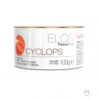
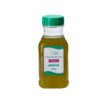
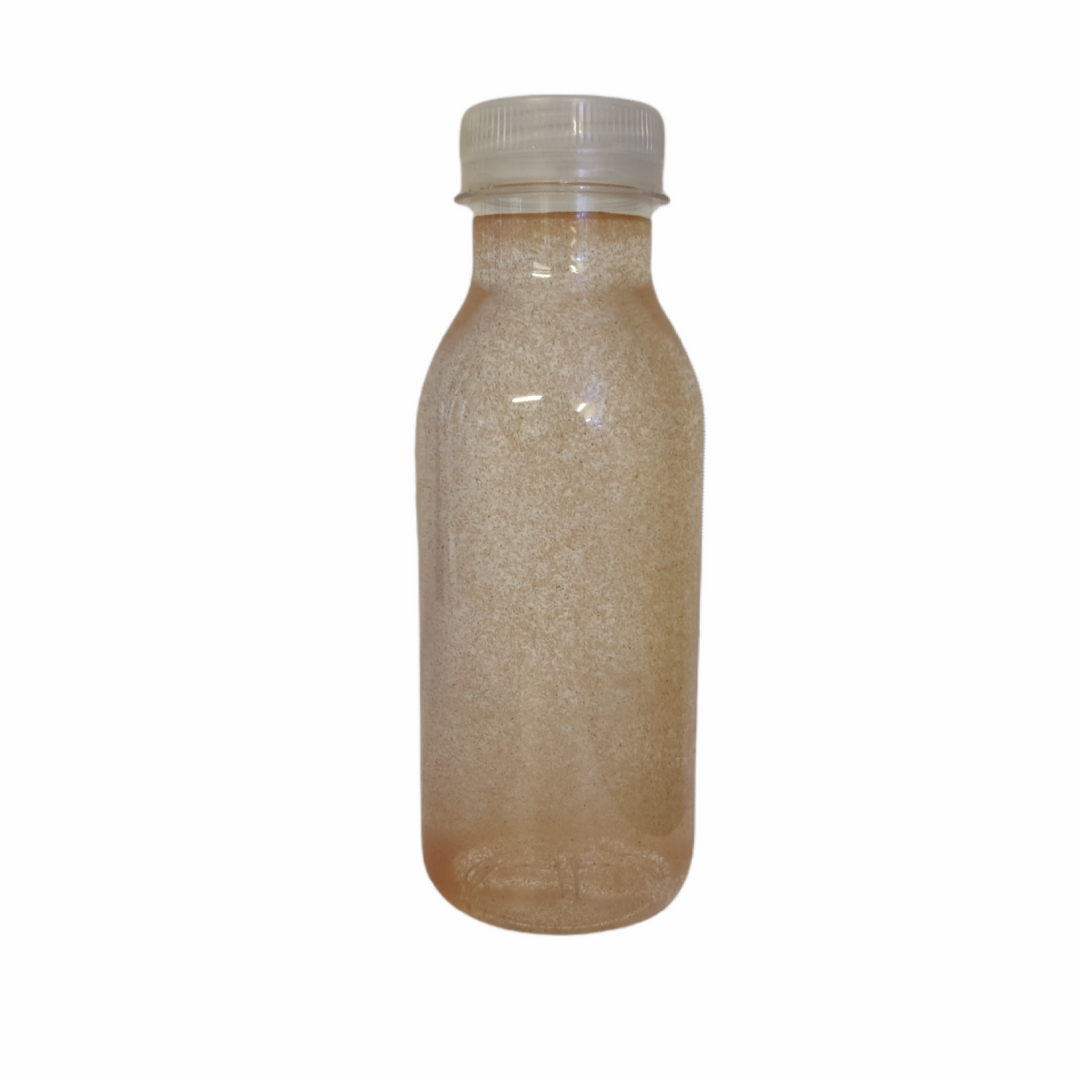
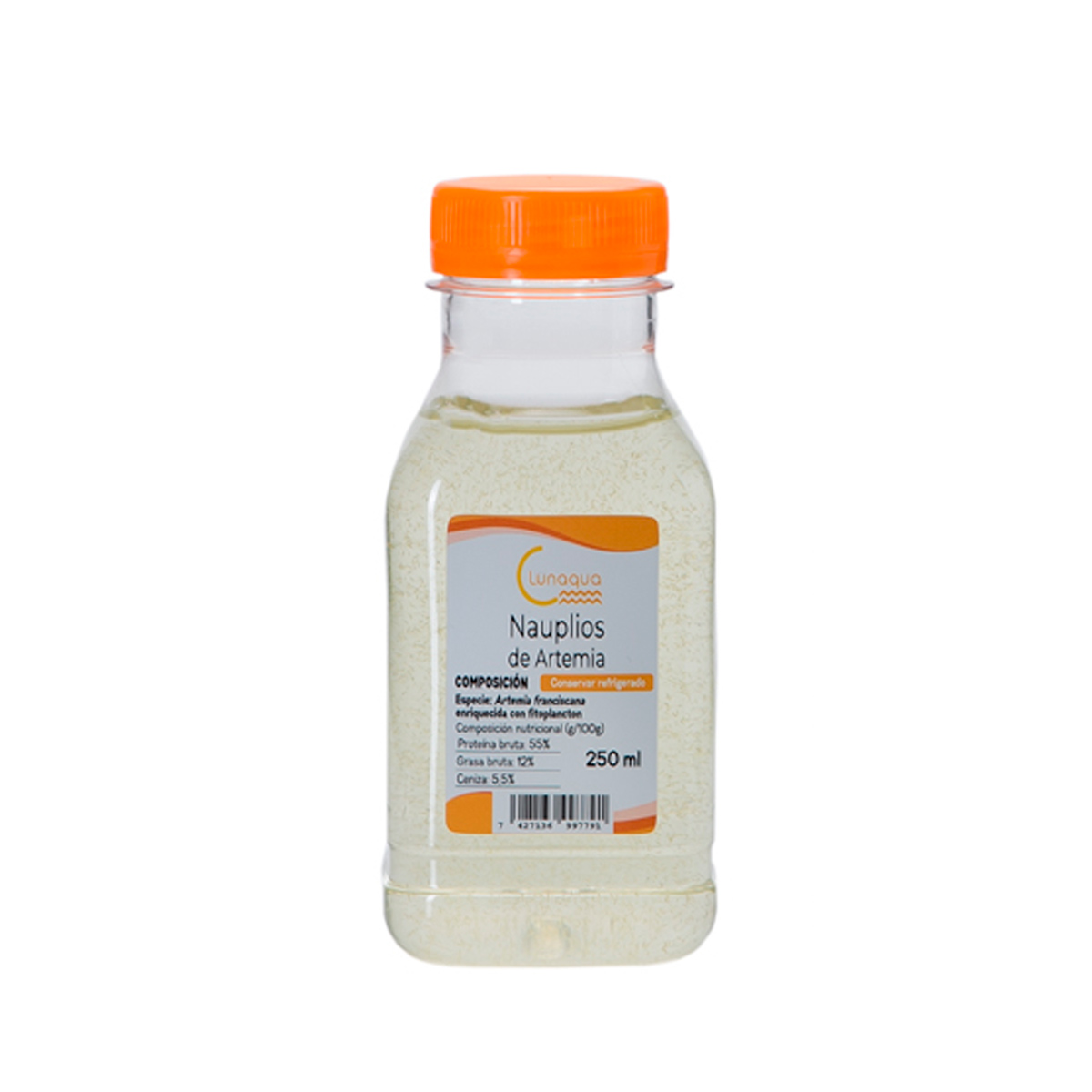

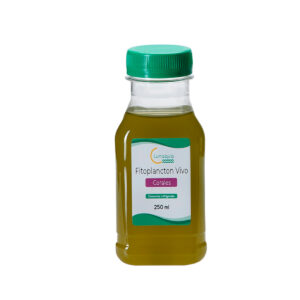
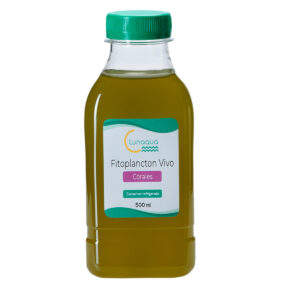
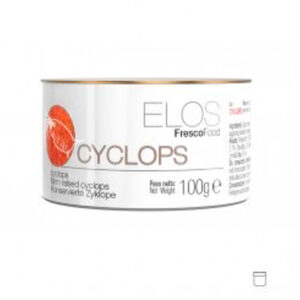
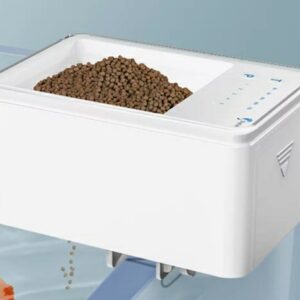
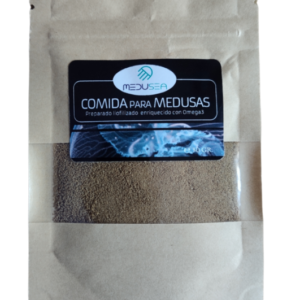
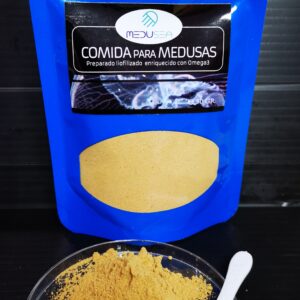
Reviews
There are no reviews yet.